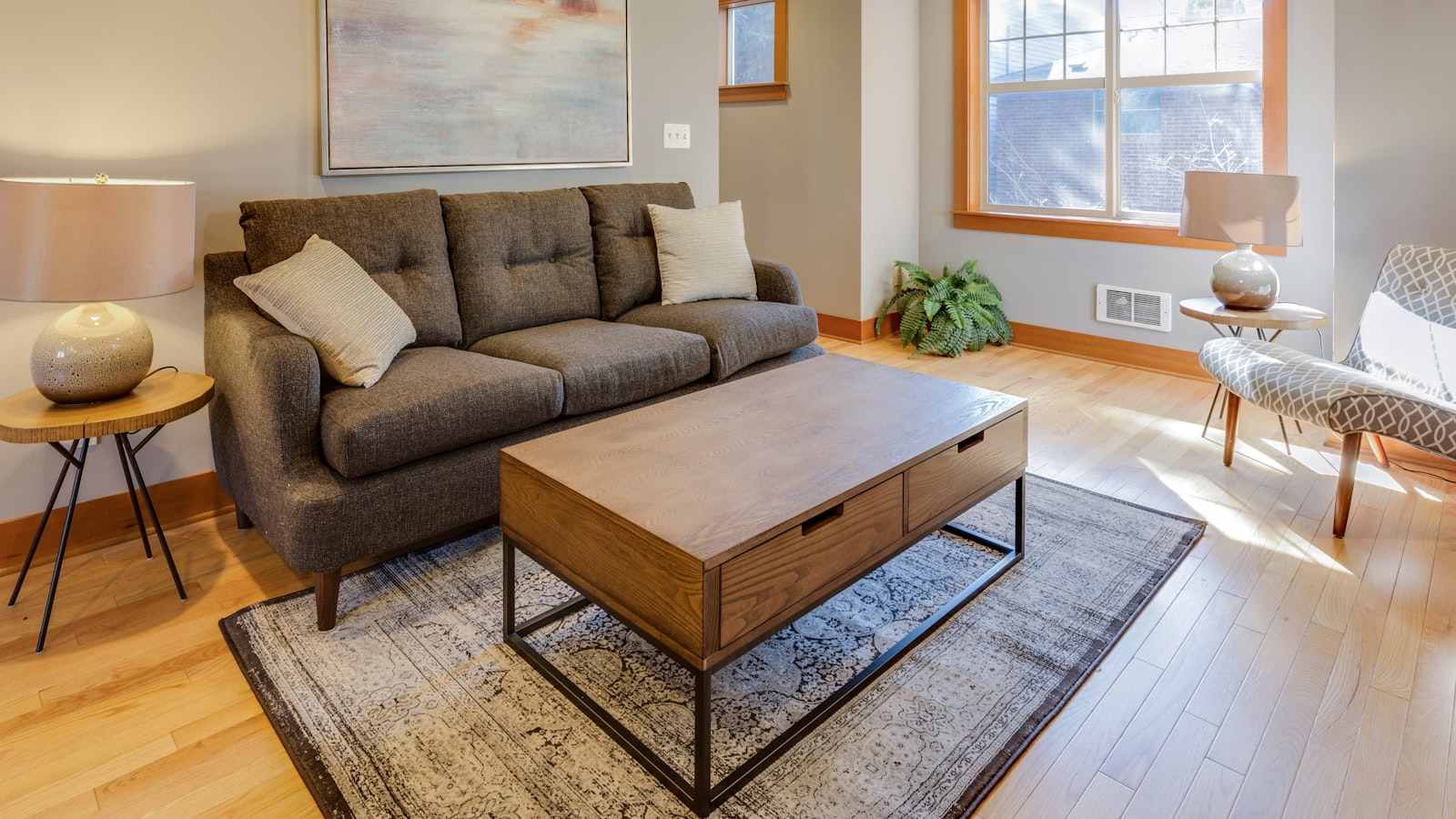Assisted Living Facilities
Assisted living facilities (also known as board and care homes) are small residential communities. They provide rooms and apartments, meals, housekeeping, transportation and security. They may also offer physical therapy and activities for residents.
It is important to visit several facilities and ask questions. You should be comfortable with the location and staff.
assisted living facilities
Assisted living residences provide personalized care for seniors who are unable to live alone and need help with daily activities. They also offer a variety of social activities, such as outside excursions and games nights. The facility may also coordinate services from outside health care providers.
Those looking for an assisted living facility should follow a careful search process and ask plenty of questions. They should also consider how their loved one will feel in the residence.
In addition to providing assistance with daily tasks, assisted living communities often have social activities, including dances and trips. They may even have guest lecturers or local professors who come to speak on popular topics. They also feature amenities to reduce the risk of falls, such as non-slip floors and doorways, raised toilets, and grab bars in bathrooms.
does medicare pay for assisted living
As a senior’s physical health declines, tasks like bathing, dressing and eating can become more difficult to perform independently. In many cases, this requires the assistance of a home care aide, which can quickly become expensive and create a financial burden for family members.
Fortunately, there are ways to offset these costs. One option is to use a Medicare Supplement Plan to help pay for some of the room and board fees associated with assisted living.
Another option is to apply for Medicaid. This joint federal and state program offers financial assistance to older adults who meet specific income and asset requirements. To determine if you qualify, contact your state’s Medicaid agency or Area Agency on Aging for details. In addition, certain veteran benefits such as the Aid and Attendance pension may also help cover some assisted living expenses.
how much is assisted living
There are more than 500 assisted living facilities in New York, where residents can receive help with daily activities. The cost of a residence can vary widely depending on the location and the amount of care required. It is important to plan ahead and find out how much a facility costs before moving your loved one.
You can get a good idea of prices by visiting multiple facilities and talking to staff members and residents. Ask about fees, services, and admission and discharge policies. You should also read the contract carefully.
Some states offer financial assistance to help pay for assisted living. You can contact your state’s Medicaid agency or Area Agency on Aging for more information. The Veterans Administration may also provide aid, including room-and-board assistance, through the Aid and Attendance benefit.
who pays for assisted living
The cost of assisted living can be covered by private health insurance, long-term care insurance, or supplemental Medicare benefits. Many states also offer Medicaid waivers to pay for a portion of room and board in a basic ALF. These waivers vary by state and can have long waiting lists.
Some assisted living communities charge a set monthly fee that includes all care services. Others may bill residents for specific services on an as-needed basis. In either case, the costs of care will be assessed at move-in and periodically thereafter.
Generally, seniors use their own savings or family contributions to help pay for the cost of care in an assisted living facility. Some families may also be able to apply for government assistance like Medicaid or an income-based program.
assisted living vs nursing home
While the differences between these two types of facilities can seem overwhelming, experts recommend starting your search with a list of your loved one’s prioritized needs. Then, choose a facility that offers the level of care your parent requires and is financially affordable. Make an in-person visit to see how the place feels and pay attention to staff, residents, and activities.
Assisted living residents typically finance their costs with personal resources or with the help of long-term care insurance. Many states offer Medicaid waivers for low-income families. In addition to financial considerations, you should also think about transportation and how your loved one will get around. Most important of all, look for a place that makes your loved one feel at home.










